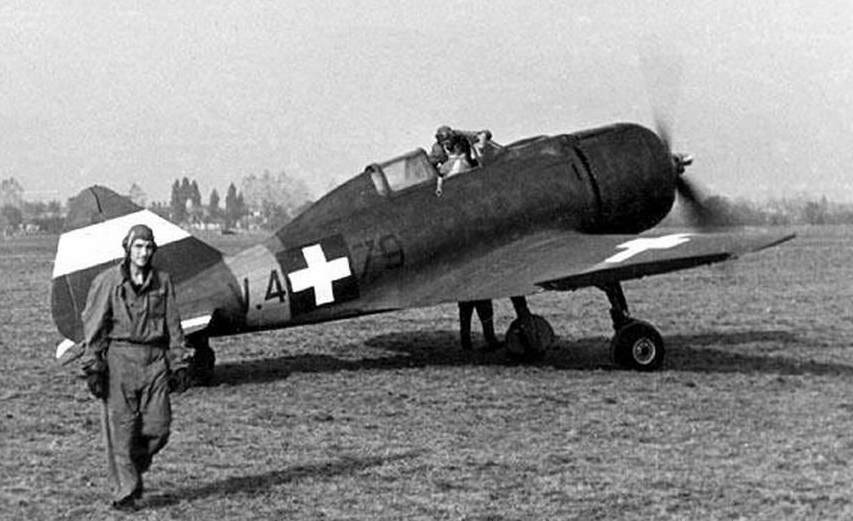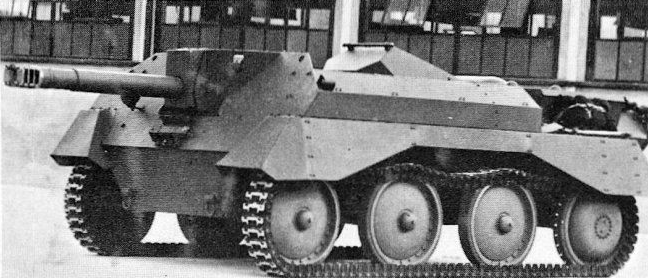The Story of the 39M/40M Csaba: Hungary's First and Only Armoured Car
- kismber

- Oct 26, 2023
- 2 min read
The Csaba armoured vehicle was a temporary solution that became permanent and due to this, it has failed to meet its expectations. In the late 1930s and early 1940s, The Hungarian Kingdom faced a dilemma in its military modernization efforts. The country wanted to expand and upgrade its armoured forces, but it lacked the financial resources and the diplomatic connections to acquire or produce advanced tanks and other fighting vehicles. The options Hungary had was to rely on outdated models from its allies, Germany and Italy, or design and build its own vehicles with limited industrial capacity and technological expertise. This resulted in a series of prototypes and projects that never reached mass production or combat effectiveness. However one of the vehicles that did get rolled out was the Csaba Armoured car. Nicholas Straussler, a Hungarian engineer living in Great-Britain (given name: Straussler Miklós Péter, born on 7th of May 1891 died on 3rd of June 1966), designed several armoured cars for Britain during the interwar period. During these years he made a deal with the Weiss Manfred factory of Csepel in Hungary to manufacture armoured vehicles based on his designs for his homeland. The most notable of these was the Csaba, which was influenced by his earlier work on the Alvis AC2 armoured car.

After successful trials in 1939, the Hungarian Army placed an order for 61 and a further order for an additional 40 vehicles was placed in 1940. Of these, twenty were used as actual fighting vehicles, with the remainder serving as armoured command cars and reconnaissance vehicles.

For its intended role, the Csaba had adequate weaponry, consisting of a 20 mm Solothurn anti-tank cannon and an 8 mm Gebauer 1934/37M machine gun mounted on a turret in the centre, with an armour thickness of 9 mm. With 5 shells in each magazine, the 20 mm cannon carried 40 magazines for a total of 200 shells. The coaxial 8 mm Gebauer machine gun had 30 metal belts with 100 rounds each, adding up to 3000 rounds. The vehicle also had an 8 mm Solothurn light machine gun that could be detached and used from the rear hatch to shoot at aircraft, but this was not very effective. The crew could dismount and carry this light machine gun when conducting reconnaissance on foot. Another remarkable and uncommon feature of this vehicle was that it had not one, but two places to steer it from – the usual one in the front, and an extra one in the back.

A later version of the vehicle was created in the following year. The 40M Csaba command variant had only one 8 mm machine gun mounted on the turret. It also had an additional R-4T radio with a big wire mesh antenna.
The Csaba armoured vehicle was originally intended for reconnaissance missions or for engaging light armoured units and infantry. However, the Hungarian Royal Army had a shortage of suitable tanks during the war and had to utilise the Csaba against modern soviet tanks. This proved to be highly ineffective, as the Csaba had thin armour and weak weapons that could not match the Red Army's tanks.



